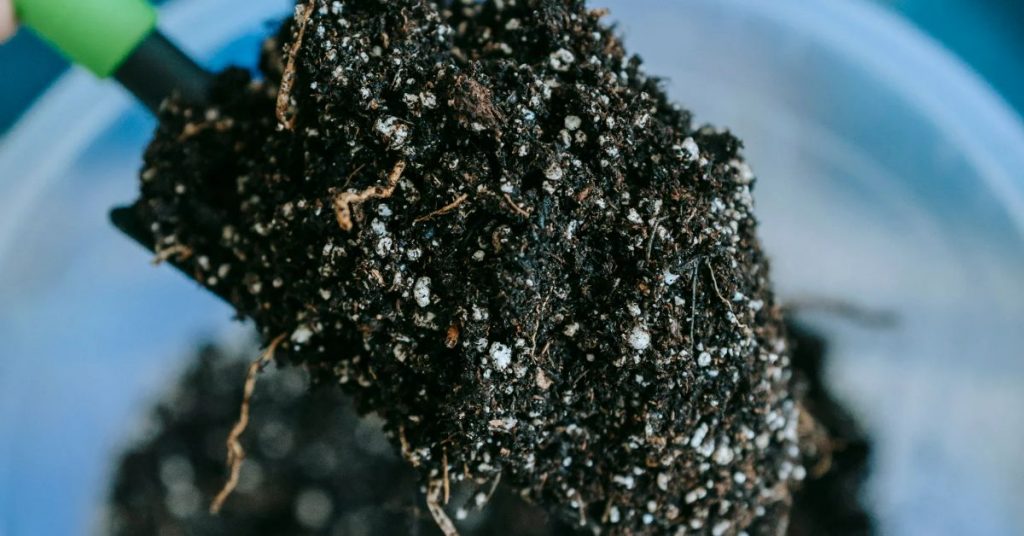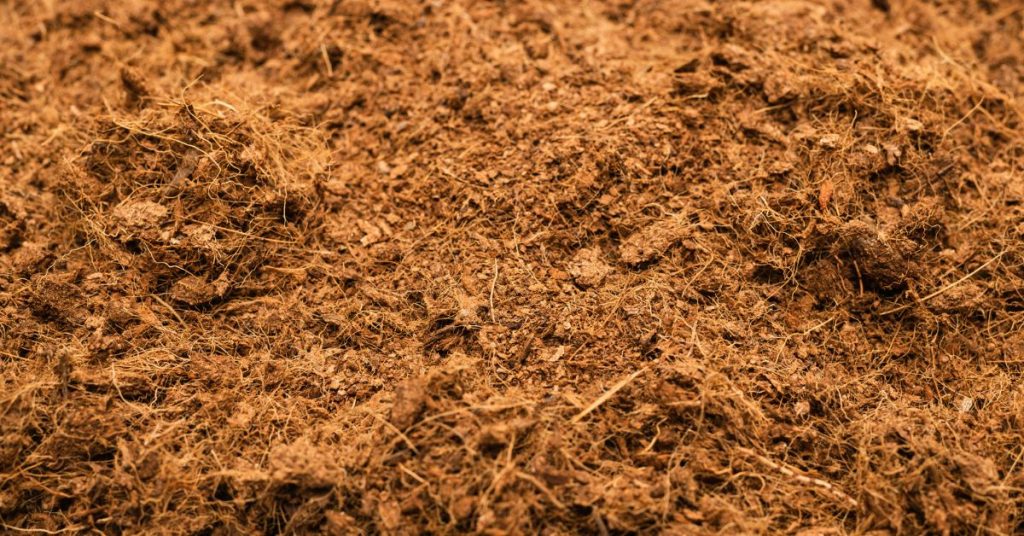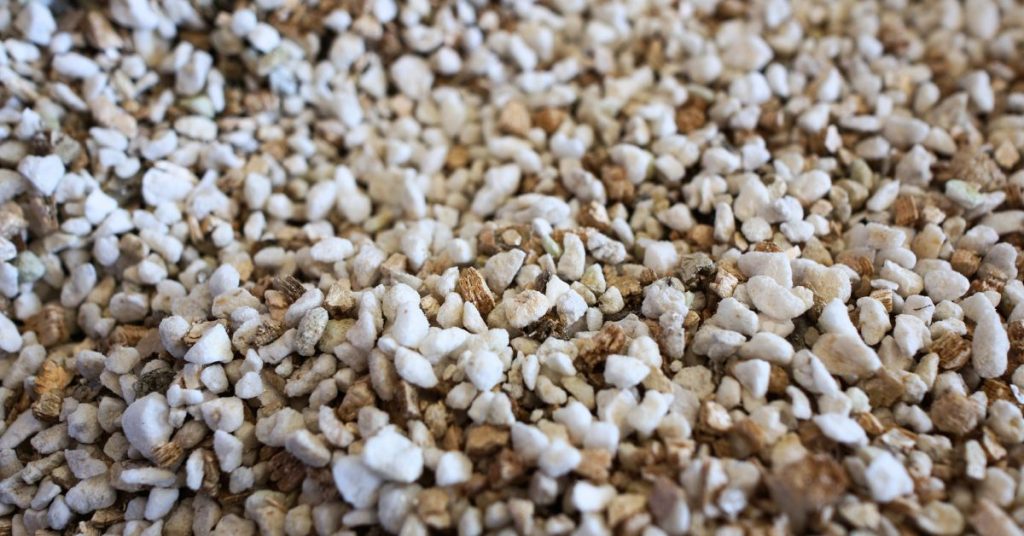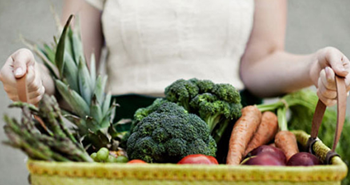Making your own potting soil is easy and can save you a ton of money! Here are several of our favorite recipes for you to help you get started with your spring planting!
Despite having soil in its name, potting soil is actually a soil-less mixture crafted for growing plants in pots. Also referred to as potting mix, most commercial mixes generally contain a blend of lightweight and fast draining materials that can include things like peat moss, sand, perlite, vermiculite, limestone, compost, wood chips, and fertilizers, depending on what they’re being used for.

Potting soil is ideal for all the stages of growing plants in pots, whether its starting seeds, transplanting seedlings, or growing vegetables on your patio. Each application can have a slight variation in mixture, but they all have the same basic characteristics. High quality potting soil should be light, loose, and have a consistent mixture of materials.
The good news is that it is very easy to make your own potting soil for each stage of growing.
Basic Potting Soil Ingredients
- Coconut coir or other peat moss alternatives
- Sand
- Perlite
- Vermiculite
- Limestone
- Compost
- Composted wood chips
- Fertilizer

Peat Moss or Coconut Coir?
Peat moss is harvested from peat bogs, and while it is an excellent growing medium, it is environmentally destructive. These ancient peat bogs have captured large amounts of greenhouse gasses, and the harvesting process involves not only draining the bogs (which is terrible for the wildlife that rely on it), but releases tons of that carbon into the atmosphere. Countries like England and Wales are in the process of banning sales of peat, with other countries set to follow suit.
We recommend using coconut coir, or coco peat, in your homemade potting soil instead. Made from the fibers between the shell and outer covering of coconuts, coconut coir has excellent water-retention, has an ideal pH of 6.0, and has natural antifungal properties.

Perlite or Vermiculite?
Perlite is made from mined volcanic rock, and is mostly silicon dioxide, while vermiculite is made from aluminum-silicate. Both are heated to high temperatures to create a light porous material ideal for improving aeration and water retention.
Both have neutral pH levels and retain water well, but work better in different applications. Perlite is more commonly used for succulents and other dry-climate plants, as it doesn’t hold as much water as vermiculite.
We generally recommend vermiculite for vegetable seed starting and seedlings because of its ability to hold more water, but perlite will work well in larger containers with established plants.

Potting Soil for Seed Starting
A common mistake new gardeners make is trying to start seeds indoors using regular garden soil, which is often full of weed seeds, insect larva, and fugal spores. All of which can damage the fragile seedlings as they emerge.
Instead, look for a light, finely textured potting mix comprised mainly of coconut coir, sand, and vermiculite. Or you can make your own:
- 2 parts coconut coir fiber (or other peat alternative)
- 2 parts vermiculite
- 1 part coarse sand
Potting Soil for Transplanting
Once your seedlings are established and have grown enough to need transplanting, it is time to switch to a potting mix with a little organic compost and a small amount of fertilizer to help them continue growing strong. A good recipe to make your own:
- 2 parts coconut coir fiber (or other peat alternative)
- 2 parts vermiculite
- 1 part finely screened compost
- fertilizer
Potting Soil for Container Growing
For smaller containers, and especially those placed indoors, potting soil is still preferred as it is less likely to contain insect larva or other microorganisms that can harm your plants. You can make a large batch of your own:
- 3 parts coconut coir fiber
- 2 parts perlite or vermiculite
- 3 parts compost
- fertilizer
For very larger containers, it may be more economical to use a blend of potting soil and garden soil to get the benefits of water retention and aeration from the vermiculite and coconut fiber.


